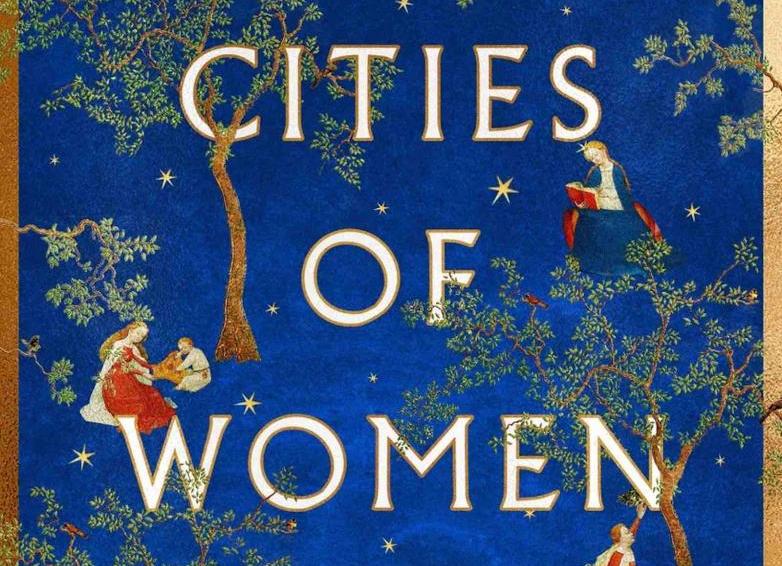The Queen’s Book, cataloged in the British Library as Harley 4431, is a collection of works by the 15th century writer Christine de Pizan, published in 1410-1414 and gifted to Queen Isabeau of Bavaria, wife of the French king, Charles VI, by de Pizan herself. One of the most magnificent paintings in the book is a portrait of de Pizan, kneeling to present her red, leather-bound book to the queen. Scholars have interpreted the image as a double authorization, of the Queen as regent, and de Pizan as political commentator. But I am fascinated with the rare medieval manuscript itself, especially as it appears as a character in my debut novel, Cities of Women.
Cities of Women follows a modern academic, Verity, who sees another portrait of de Pizan at work in her atelier in an exhibition at the Morgan Library, and becomes convinced that the artist who painted it must have been “a woman still hidden from history, waiting patiently through centuries of misapprehension for someone to grasp her existence in the shape and shimmer of the brushstrokes she’d left behind.” Armed with nothing more than a name - Anastasia - mentioned in de Pizan’s The Book of the City of Ladies, Verity sets out on an archival wild goose chase to find traces of this woman, heading to London, where she hopes to touch The Queen’s Book, and then to Paris, where other books of de Pizan’s are held.

















